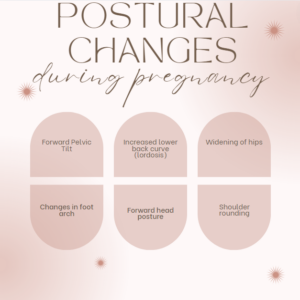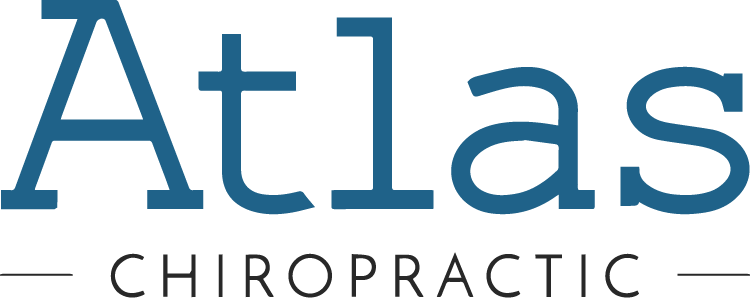Chiropractor for Pregnant Women Near Me
Pregnancy can be an uncomfortable time for most women as the body goes through rapid and intense changes. While pregnancy is one of the most beautiful naturally occurring processes, that doesn’t mean that women have to push through it without the help of additional practices to help make the process more enjoyable. One way to make this process more enjoyable is through chiropractic care–specifically the Webster Technique. A common question that pregnant women have is: why do I experience soreness? While there are multiple answers to this question one of them is: the presence of relaxin.
Dr. Lindsey Rimes at Atlas Chiropractic is certified in the Webster Technique by the International Chiropractic Pediatric Association. In the office she has seen that soreness is a common symptom of pregnancy–and she also saw this in her own pregnancy. A lot of the time this soreness is noticed in the pelvic region near the sacroiliac joint. While variables like the weight of the baby and the abdominal size changes play a role, the presence of relaxin is possibly the main culprit in these symptoms.
Table of Contents
ToggleCommon discomfort symptoms during pregnancy
- Low back pain
- Middle back pain
- Upper back pain
- Neck pain
- Rib cage pain
- Pain near sacroiliac
- Pubic symphysis pain
- Pelvic bone pain
Listed above are symptoms of musculoskeletal discomfort–other symptoms including but not limited to nausea and fatigue can be found in another blog.
What is relaxin?
From the moment of fertilization, the body starts to go into pregnancy mode. One hormone that starts to kick into gear is relaxin. Relaxin is a hormone that works to loosen your muscles, joints and ligaments to allow for your body to stretch as the baby grows. While a completely natural occurrence, this can still be an uncomfortable time.
Increasing the laxity of the muscles, joints and ligaments also means that instability can be increased. When the joints are unstable, strain can be put on certain areas of the body leading to discomfort. This is especially true for the low back, pelvic and hip regions. In the pelvic region, there are certain ligaments that play a large role in getting the body ready to support and deliver the baby. These ligaments are especially sensitive and are especially affected by these changes in the stability of the body. Another reason that the increase in laxity of the muscles, joints and ligaments can cause pain is that there is the potential of pressure being put on the surrounding nerves. This is a reason that the commonly known condition of sciatica can occur, as well as what is referred to as “lightning crotch.”
This hormone, although it is usually associated with the low back, pelvic and hip region, affects the rest of the body too. This is most commonly seen with postural changes that take place. As the body adapts to its new hormonal and physical state, the body will usually experience changes in its overall posture thus creating areas of pain in other regions of the body and spine.
Sometimes there can be too much or too little of the relaxin hormone released–address concerns to OB/GYN as well as your chiropractor.

Can chiropractic help with discomfort during pregnancy?
Chiropractic is generally associated with adjusting the back and helping a “tight” body move better. But, chiropractic can also help when the body is more lax during times such as pregnancy. The Webster Technique, a chiropractic technique created for pregnant women, is one way this relief is provided. Since a women’s joints are more lax, this means that the joints being out of alignment is more likely. Through using gentle adjustments with the Webster Technique, realigning these bones can help immensely. By increasing stability and allowing for potential pressure on the nerves to be decreased, these adjustments can be very beneficial during pregnancy.
Also, although relaxin does loosen things up, that doesn’t mean that there can’t be areas of tension that appear. As the body moves around, areas of muscle and ligament tension will appear due to the certain way the joints move as the ligaments, muscles and joints are all associated with each other. The Webster Technique has parts of the technique process that focus directly on the commonly affected muscles and ligaments that experience strain and tension during pregnancy. Through combining adjustments and focus on the ligaments and muscles that are heavily influenced by pregnancy, chiropractic has the potential to help make pregnancy more comfortable.
How does a chiropractic adjustment during pregnancy work?
A common question is, “what does a chiropractic adjustment during pregnancy look like?” This is most likely influenced by how chiropractic is generally displayed on social media. Thinking about your pregnant body being put in the positions that are usually associated with chiropractic can be scary–but, at Atlas Chiropractic we do not adjust in the way that is typically associated with chiropractic. When it comes to adjusting the neck, we do not twist or extend the neck in any way. Dr. Rimes utilizes the toggle–and sometimes the knee chest–upper cervical technique. These techniques do not require the person receiving the adjustment to be put in any type of extreme rotation (twisting) or extension and lack a high velocity thrust.
As for the back and pelvic region, Dr. Rimes has a pillow that is soft and cut to form the pregnant belly as well as support the breast tissue that is often tender. She lightly adjusts the mid to upper back region–sometimes utilizing a table that lightly drops under the body, which allows for an even lighter adjustment. As for the pelvic region, she follows the Webster Technique protocol. This involves a single specific and light adjustment on the pelvic region and then various evaluations that involve no thrusting. The adjusting process is specific, light and makes sure to cover all the bases when it comes to treating the pregnant body.
When should I tell my chiropractor that I am pregnant?
As soon as you know! Your body starts to prepare for baby right away and receiving the Webster Technique for your entire pregnancy increases the chances of having positive results in terms of the reduction of discomfort and supporting a pelvic ideal for childbirth.
Other things that can help with soreness during pregnancy
Remember to consult with OB/GYN with any concerns on what is safe for you during your pregnancy.
Prenatal Massage: There are certain types of massages that are geared toward pregnant women. Go to a trusted and licensed massage therapist that offers this type of care.
Acupuncture: There are certain methods that are used to help a variety of symptoms associated from pregnancy. These can range from both physical to mental/emotional struggles. Go to a trusted and licensed acupuncturist that offers this type of care.
Prenatal Yoga: There are certain yoga classes that are geared toward pregnant women. These classes can help work on maintaining stability in the pelvis and strengthening the other muscles, tendons and ligaments that play a key role in pregnancy. Find a yogi near you!
Exercise: Exercising during pregnancy is a good way to maintain strength in the muscles, ligaments and tendons that experience laxity during pregnancy. Be sure to clear exercise with your OB/GYN and to ask any questions to them that you would like.
Dr. Rimes is a Webster Certified chiropractor that has a passion for caring for pregnant women and moms. Having experienced pregnancy herself, she knows what it is like to hope for as many comfortable days as possible. That is why, at Atlas Chiropractic, Dr. Rimes is here to help you enjoy your pregnancy and prepare your body for the miracle of childbirth. No matter the method of delivery, Dr. Rimes is here to help both before and after!

Schedule your FREE 15 minute consultation with Atlas Chiropractic
At Atlas Chiropractic, our Greater Boulder area chiropractors specialize in providing relief for individuals experiencing back, neck, or shoulder pain, as well as those dealing with headaches or vertigo. We offer specialized chiropractic care and tailored spinal adjustments, along with expert opinions and advice.





